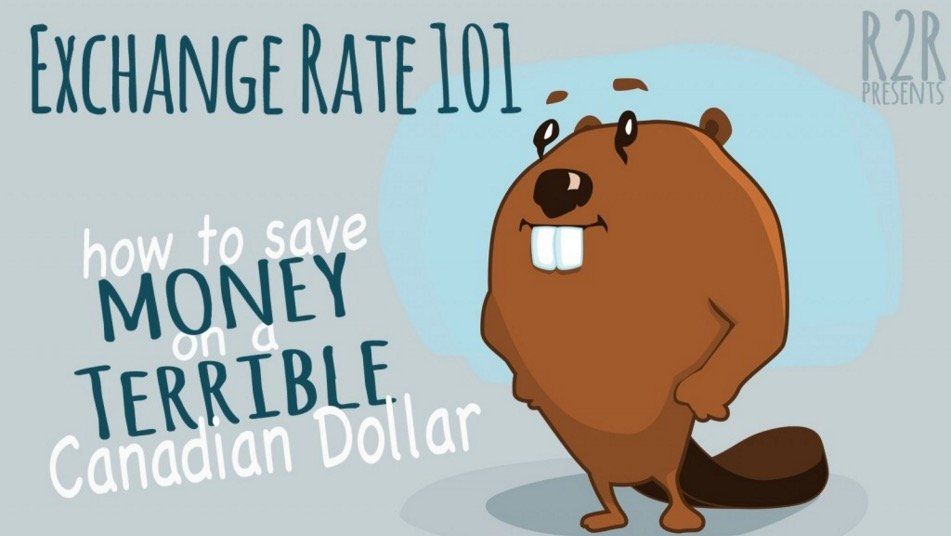Exchange Rate 101: How to save money on a terrible Canadian dollar
The best advice for saving money on a bad Canadian dollar (and why it may not work for freelancers)
- Post 1: Exchange rate 101, and how to save when you’re spending money
- Post 2: Making money in the states: 2 ways to save on fees when you’re bringing home the bacon
- Post 3: Some thoughts on how freelancers can best position and protect themselves when the Canadian dollar sucks
Part 1: Exchange rate 101

Where does that fee come from?

I’d like to pause for a moment to say: this is not a definitive post/list on foreign fees. I have not called all financial institutions, or credit cards. I talked to the banks that I work with, and checked out a few others online. It’s meant as a place to start. If you’re curious about your exact rates: call your bank/credit card and ask (but here’s a hint: if they say they don’t charge fees… they’re not really telling you the truth).

Part 2: Saving money on da fees!!
- Get the best rate
- Unavoidable fees VS avoidable fees
- Using the right credit card
- Setting up a float
Getting the best rate:
- Travelex – buying 1000 US dollars = cost 1515.38 CAD
- TD Online – buying 1000 US dollars = cost 1464.40 CAD
- RBC Online – buying 1000 US dollars = cost 1472.20 CAD
Unavoidable fees VS avoidable fees:

- Worst rates: the airport
- Bad rates: those currency exchange stores you see in touristy areas
- Good rates (or at least you best options): ATMs and local banks.
Using the right credit card:
- Amazon Rewards Visa Card
- Marriott Premier Rewards Visa
- Rogers Platinum Mastercard
Setting up a US dollar float:

If you believe some of the crazy doomsday predictions for the Canadian dollar in 2016 , things are not going to go well. They’re talking about it dipping to a value lower than 60 cents to the US dollar.
So why not set yourself up now, to avoid that pain?
Most banks have US dollar accounts that you can open. They allow you to keep some of your money in US dollars. That means that if you changed a few hundred bucks over now, and the dollar goes down another 10 cents… it matters less. On your next trip to the states, you’re spending US dollars.
This works especially well for people who are working in the US and getting paid in US dollars. It’s really tempting right now to bring all your money back to Canada and take advantage of the sweet side of this crazy dollar… but it might be a good idea to keep some of it in the states.
The idea of setting a ‘float’ is having an account with US money in it that you can use instead of being a slave to the variable dollar.
When you’re a freelancer, any way that you can cut out some variability is sanity in your pocket.
Part 3: Is it worth it?
I don’t know.
You can definitely save some money shopping the market, thinking ahead, getting the right credit card and setting up a float. It takes time, though… and maybe for the small amount of money that you change over it doesn’t matter.
But if you’re in, and want to squeeze the value out of every dollar made, then take a look at some of these tools and start saving.
I know that I’m going to look into getting a no foreign transaction fee credit card in the new year, as well as looking at setting up a US dollar float.
About the author Chris from Rags to Reasonable:
SHARE THIS ARTICLE
RECENT POSTS










